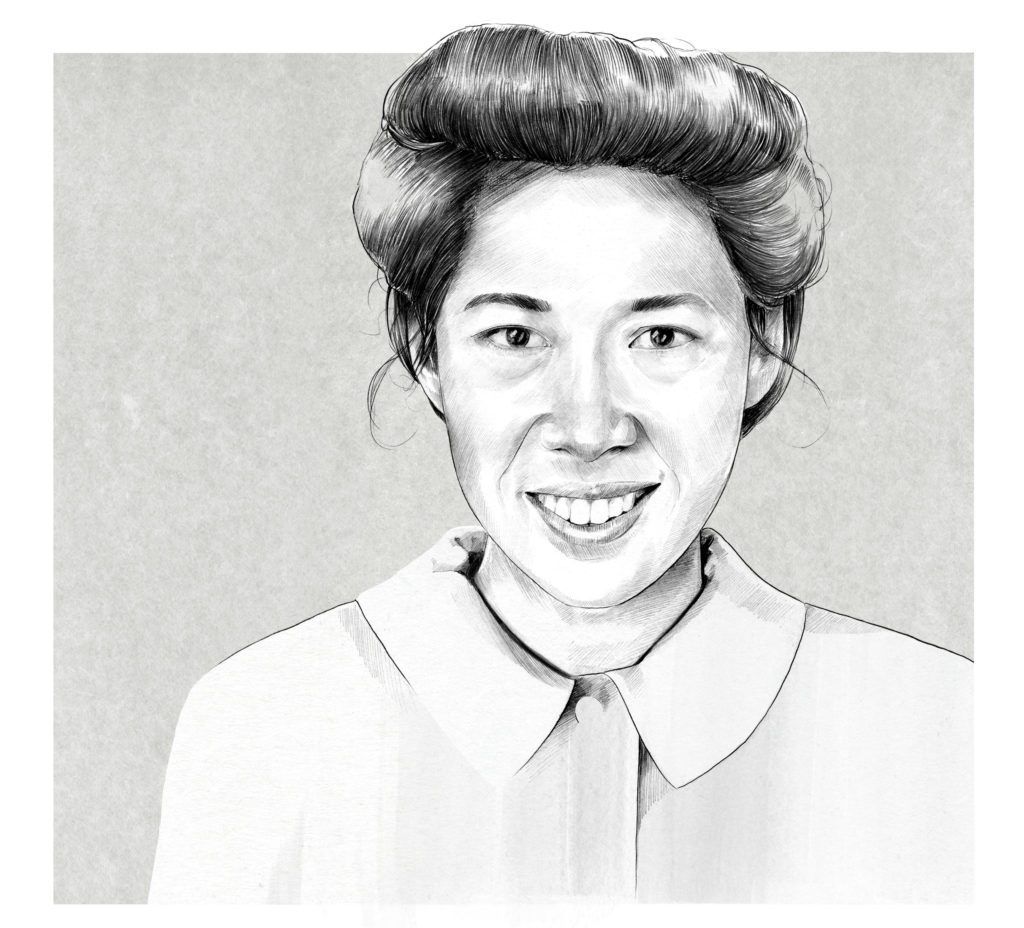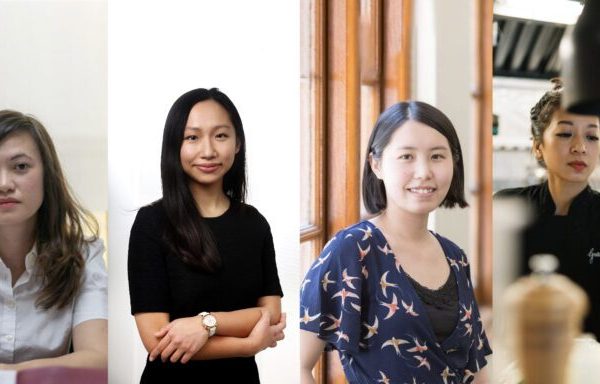Last Word: Rebecca Chan, one of the most influential nurses in Hong Kong history
The sound of explosions ricocheted across Hong Kong as the Imperial Japanese Army attacked in December 1941. This was the Battle of Hong Kong, one of the first military actions of World War II in the Pacific region. By the end of the year, Kai Tak Airport had been raided, Lei Yue Mun Fort bombed, and civilian facilities destroyed.
The violence escalated on Christmas Day, when Japanese troops burst into the wards of St Stephen’s College – temporarily serving as a hospital – and attacked wounded soldiers and medical staff. Those who survived the carnage, which would later become known as the St Stephen’s College massacre, were rushed to Queen Mary Hospital.
Among the nurses attending to victims was Rebecca Chan. Fresh out of nursing school, 21-year-old Chan witnessed harrowing scenes that night. While critically injured victims poured into the ward, a doctor amputated a fellow nurse’s leg. Chan, one of the best students in her year, assisted the surgery with calm and compassion amidst the chaos.
That same competence guided the young nurse throughout her career, leading Chan to become one of the most influential nurses in Hong Kong history.
A medical legacy
Chan was born on 27 June 1920 in Guangzhou. She was the daughter of Lee Sun Chau, one of the first female doctors to practice western medicine in China, and her father Po-Yin Chan had participated in the 1911 Chinese Revolution to overthrow China’s last imperial dynasty and establish the Republic of China, before becoming senator of Guangzhou in the 1920s.
As the fighting cliques of China’s Warlords Era stirred turmoil across the country, Lee emigrated to Hong Kong with a three-month-old Chan in tow. Growing up across the border, Chan would spend an “unusual childhood with [her] medically trained mother in the nurses’ quarters of a hospital” as recounted in Piloted to Serve, a 2012 biography co-authored by Deborah Chung, one of Chan’s two daughters.
Though a gifted student, Chan didn’t attend university or pursue a career as a doctor, like her mother. “[My mother] volunteered to forsake her university education and go into nursing, which provided a salary but no degree,” explains Chung. “That way, the family could fund the university education of her younger brother.”
Flying into danger

Chan graduated from nursing training at Queen Mary Hospital just as the Japanese army invaded Hong Kong. While the Battle of Hong Kong raged on – resulting in an occupation of three years and eight months – Chan escaped to Chongqing, in southwest China.
The following years would be among the most formative of Chan’s life. In the mainland, she learned about the Flying Tigers, the first group of volunteer American fighter pilots in history. Led by Captain Claire Lee Chennault, the squadron consisted of fighters from the US Army, Navy and Marine Corps who fought alongside the Chinese against Japanese forces.
Awed by their mission, Chan relocated to Kunming, in Yunnan province, in early 1942 to aid the pilots as a nurse, becoming one of the first four Chinese women to work alongside the Flying Tigers. At the beginning of 1943, she started flying with the China National Aviation Corporation (CNAC) after the Flying Tigers squadron was absorbed by the US Army. With CNAC, she served as a nurse-stewardess on flights over the Hump – the eastern end of the Himalayan mountains between Chongqing and Kolkata, India, used by the allies for military air transport to China after Japan had cut off the Burma Road.
The flights were dangerous, due to ill-equipped propeller airplanes unsuitable to fly at the heights required by the route. Chan completed some 50 missions, risking her life to save hundreds of others. “[I] treasured the opportunity to defend China, to witness the bravery and dedication of the US airmen and medical doctors,” Chan recounts in Piloted to Serve.
“Among my numerous flights across the Hump, one of them was the most dangerous… the plane suddenly swayed wildly. The pilot [later] told me that it was because a Japanese military plane was following us, and we had to dodge by flying between the mountain peaks.”
After gaining experience with CNAC in Kolkata, Chan later transferred to Shanghai Longhua Airport and rose to become a head nurse. It was during this time that Chan met her husband, Leslie Wah-Leung Chung. A member of the Hong Kong Volunteer Defence Corps, Chung served as a gunner – soldiers responsible for maintaining weaponry and supplying the frontline with ammunition – and shared the same ideals of freedom, altruism and service. They married in Kolkata in 1945 and spent 64 years together.
Leading by example
In the decades following the war, Chan returned to Hong Kong and continued her hospital work. In 1958, Chan was elected as president of the Hong Kong Association of Nurses and Midwives, having previously served on its executive committee.
She was the association’s president for the next three years, introducing a number of pivotal changes for the industry in Hong Kong. Under her leadership, all nurses learned technical English training, with an aim to broaden their skills and career opportunities.
By 1963, she became a Sister Tutor (nursing instructor) for the government of Hong Kong and that same year was chosen by the Tung Wah Group of Hospitals – the oldest and largest charitable organisation in the city – to be the first nurse sent to study at the College of Nursing in Melbourne, Australia. Following the training trip, Chan was promoted to Sister Tutor-in-Charge, managing the group’s nursing school and mentoring young students.
She trained and inspired a generation of nurses in the city.
Deborah Chung
In 1967, Chan began advocating for equal pay in the nursing profession. At the time, female nurses habitually received lower salaries and fewer benefits than their male counterparts. Her efforts laid the foundation for the government to construct a new salary scale in 1971, aiding the progression towards equal pay in the nursing industry.
She retired in 1975 at the age of 55 and, that same year, emigrated to Toronto with her husband. “She lived a quiet life, never drawing much attention to her achievements,” says Chung. In 2011, her daughter applied to the US Army for recognition of Chan’s contribution in WWII. As a result, Chan was awarded multiple military medals and honours towards the end of her life, leaving her daughter Deborah to accept them in her honour.
“[My mum] was very humble about her role in serving as a nurse with the Flying Tigers and downplayed her contribution in Hong Kong,” says Chung. “She trained and inspired a generation of nurses in the city.” And those who followed, too.

